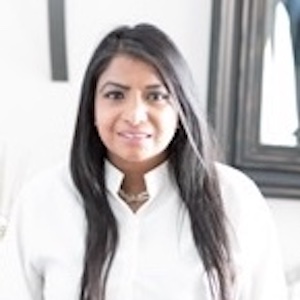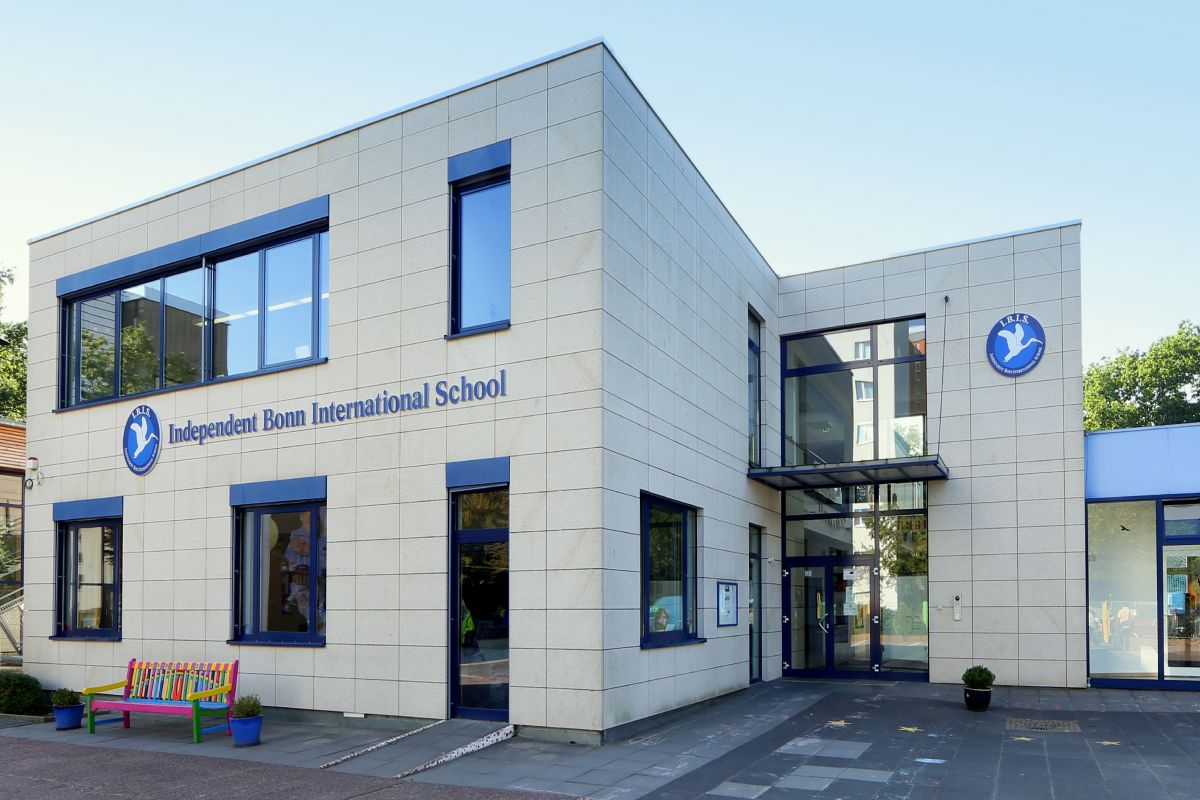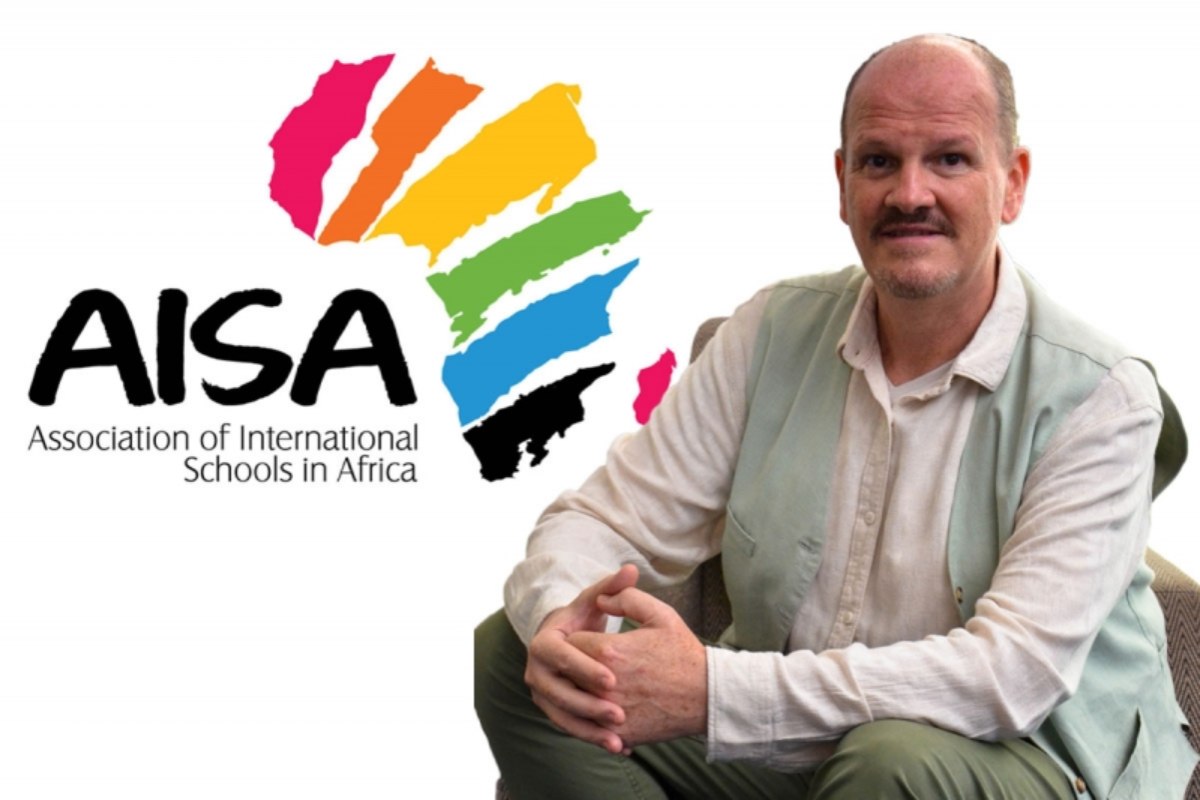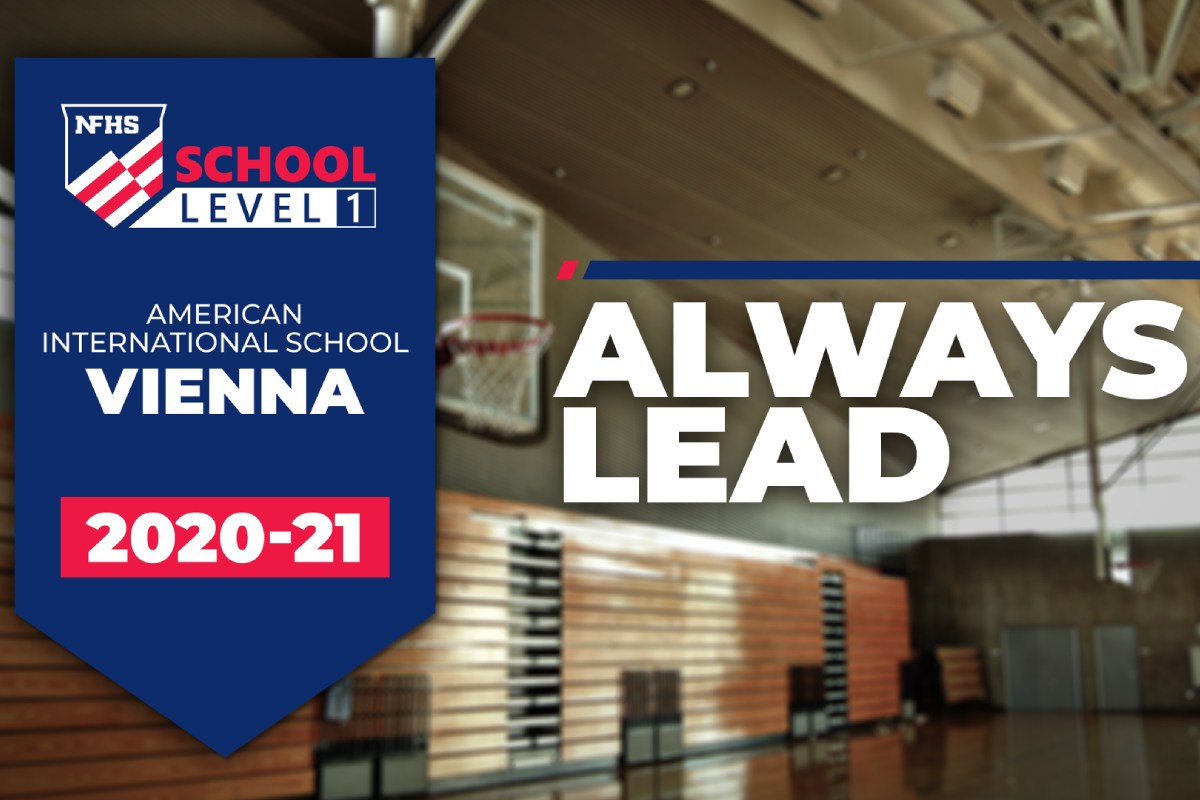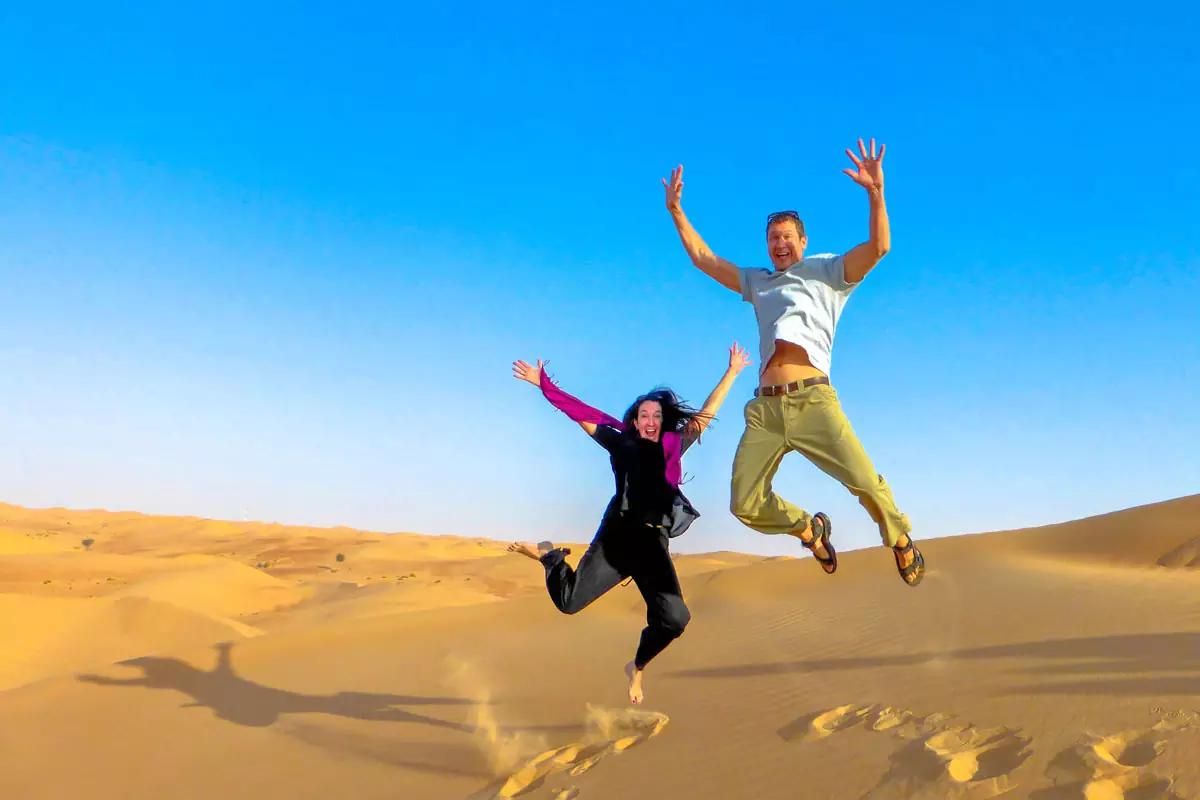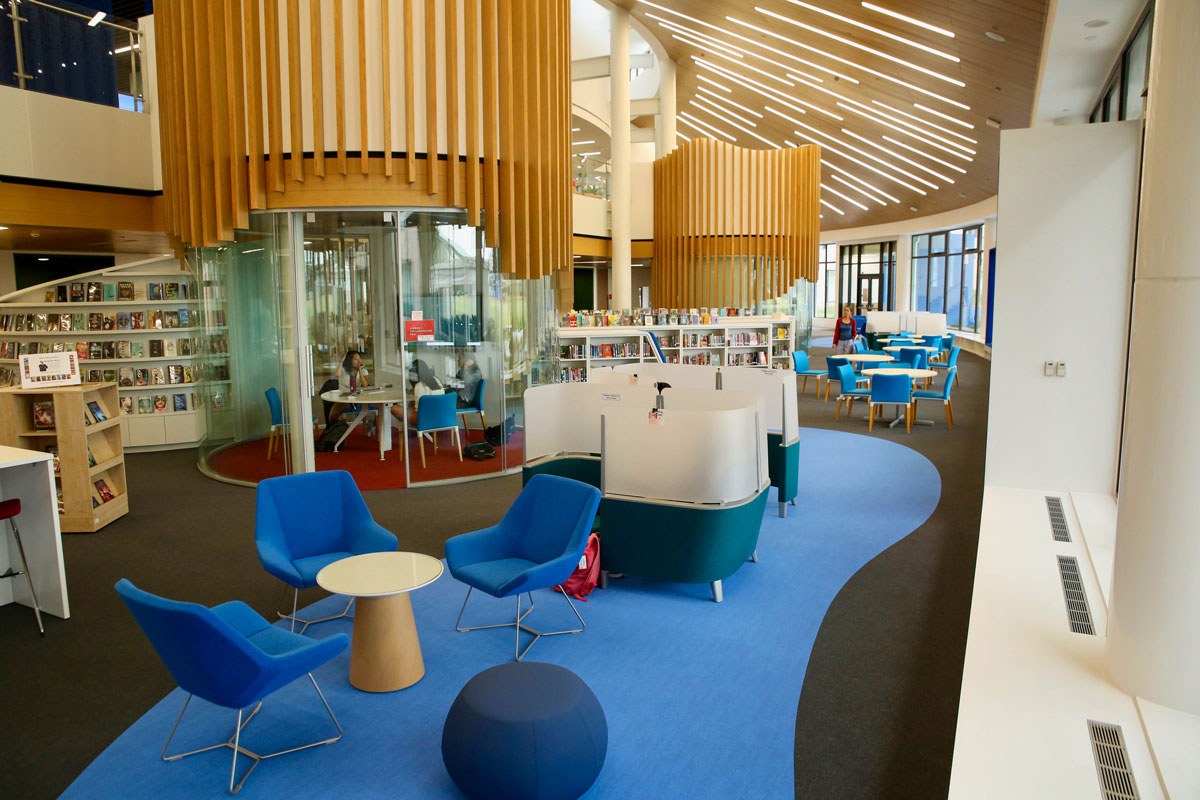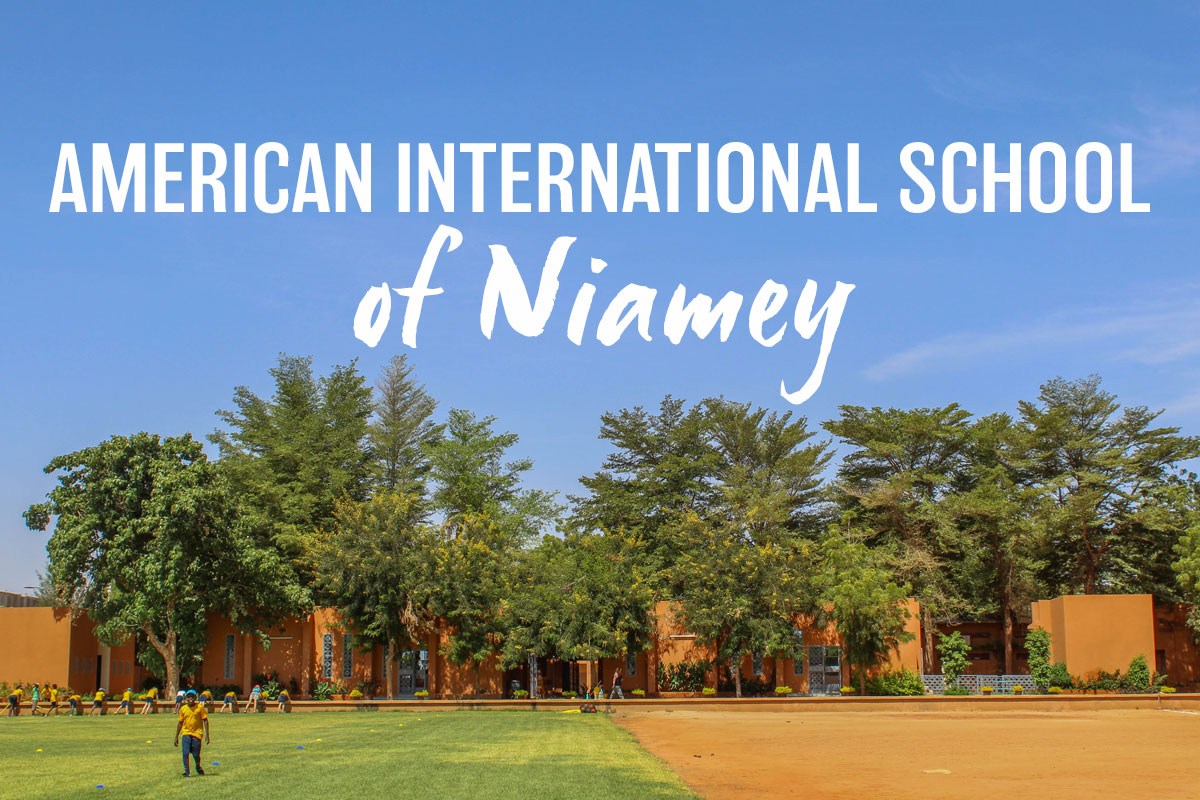Plan Your Next Trip to Taiwan! Teachers Building Partnerships in Their School Community
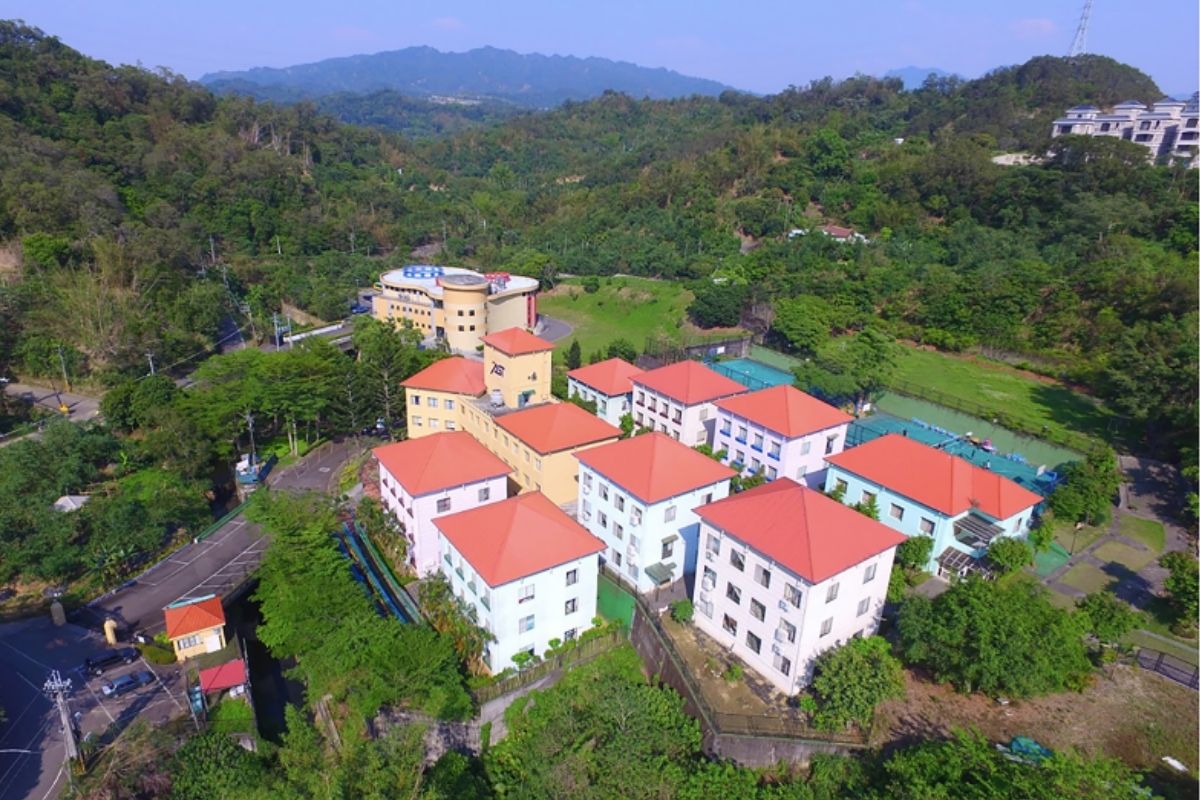
The best part about diving into exploring programming at an International School is that there are students from many cultures, heritages and backgrounds walking down the same hallways learning together as we can stay connected globally. That is something to be proud of, I think! Diving deep into inquiring about teachers who like to share and contribute their work to be showcased and highlighted…台語/ Tâi-gí (Taiwanese): Welcome, as I do some soul searching through the journey in education seeking answers to the question below for this article series: in hope of taking a dive into new learning opportunities, a growth mindset and share some unique programs with readers at The American School in Taichung (AST).
Reflection Question
“What is something that you are doing in your school to engage and connect with the community that you work in?”
I selected the above question for many reasons since I think schools are foundational and invaluable resources to the communities they are in and serve as we as educators build partnerships with others. I was interested in exploring and going on this learning journey through the eyes of someone else in order to know how teachers in International schools connected, and build relationships with the community that they work in countries from around the world as foreign nationals. It is important for you to know that I have never taught in an international school, however this new learning experience I am pursuing is something I am genuinely passionate about.
I am glad you are joining in with me on this learning journey in which research for this article took me to the continent of Asia, country of Taiwan to meet these two amazing educators working on two awesome programs. I was so curious to learn about both these programs I had goosebumps waiting for them to connect with me to teach about what these programs were all about at their school.
Teaching with the model United Nations Program in mind to create lasting solutions in the community
Experience a phenomenal learning journey into how students can connect with the community that they live in to build lasting relationships and sustain meaningful impact in their learning goals through field trips. I had an opportunity to share the work Ms. Moye does when she is programming lessons at AST. She stated: “One of the things I’m trying to do is connect the students with what is happening in their local community to larger global issues we are studying in my courses. I’ve asked the students to contemplate the slogan: Think globally, act locally.”
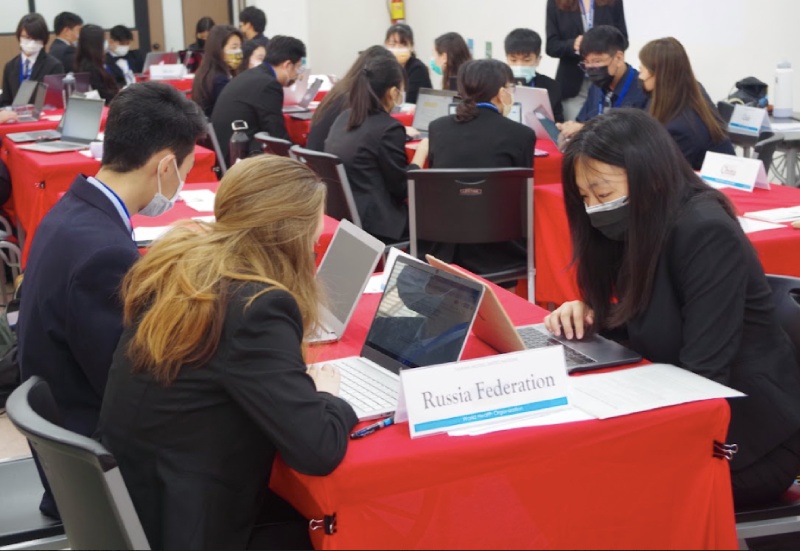
The Journey
I am learning that the start of this program was at the TAIMUN conference where it was started 20 years ago by a head of school named Irwin Stein. The goal was to connect AST with other schools in the community and with Taiwanese students to engage with the local community. There is a conference on campus that allows opportunities to connect with other schools, having opportunities to hear from guest speakers such as the topic that was presented that sounds engaging in the world we live in today. The conference theme last year was titled “United Against Racism.” Students heard from a scholar on indigenous Taiwan communities, also an indigenous person herself, on the theme.
Field Trips that explore the concepts of United Nations
I am seeing the big picture of the importance of climate change being the driving force on these field trips that are built into daily programming into the curriculum that is being taught to engage learning opportunities by giving students the voice and opportunity to participate in their own learning. Ms. Moye states she reflected on how the school community contributes to the wider Taichung community. She says “in doing its part to stop climate change. So with these three trips I’m trying to bring the students into their community to see how they can participate as global citizens, national citizens and local citizens. Even if they are not born citizens of Taiwan, they are global citizens and members of these communities. ”
- Eco park to explore wind energy and wind turbines onshore and offshore in Taiwan
- Exposing students to the field of green technology
- Importance of addressing climate change
- Considerations of renewable energy sources through community engagement
- Solution oriented learning experiences
- Working towards auditing the school’s energy usage and investigating the possibility of establishing solar energy panels on the campus
- Next steps to work with the local government to reinforce that the students and the younger generation does care about the climate changes and encourage political leaders to do more
- Investigating the history of human rights and democracy in Taiwan by visiting a museum that was once a prison, part of the White Terror-Martial Law period
- Working with NGOs that are Taiwan-based during the visit to the National Legislature Tour.
- A future goal: to establish and Eco School certification
The Community Outreach Program that builds authentic relationships
The start of the cultural exchange with the First Nations Community: The program was started around 10 years ago with the AST Red Cross Club. The intent was to do a cultural exchange with the first nations schools and Ms. Chang from AST and Mr. Hsieh Fa Zhi Elementary School met in 2013 for the first time. It was wonderful to read that they worked on English as well as teachings from the traditional BuNun tribe.
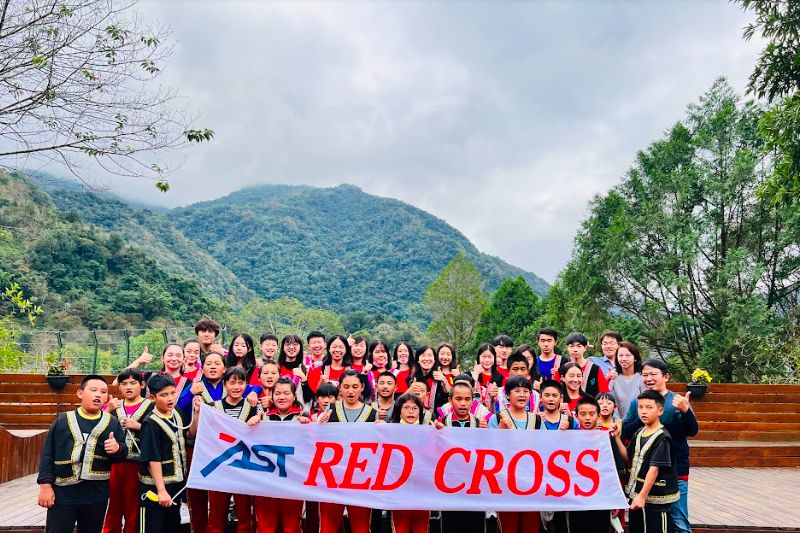
Ms. Chang states, “Since students from AST shared that it was an insightful experience, we went to Fa Zhi School. Starting from then, a friendship has developed between the two schools. Since the year 2014, we have invited them to perform their traditional ballads during the TAIMUN closing ceremony every year, allowing the AST community and TAIMUN participants to enjoy their beautiful voices and culture, and our friendship has continued since then.”
I learned about the connections that have been built between Fa Zhi Elementary students, and students from the American School in Taichung. I can’t wait to see this partnership develop and deepen understanding about the people of the Nantouu County where the Fa Zhi Elementary School is located.
Cultural Exchanges really do develop positive outcomes for the generations since it builds common ground, genuine understanding and empathy for the history in the past that has to be understood.
Highlighting the cultural exchange program
- Vocabulary development for communication by teaching English
- Archery honouring traditional games of the First Nations
- Baseball to encourage team building
- Indigenous cultural games
- Sharing baking experiences
- Emphasizing service: the students learn the Importance of volunteering time by sharing knowledge
- Touring and learning about the “Bunun Tribe” in the community
“Through participating in the various activities, not only can the students at AST learn about the principles of volunteering, but they can also create wonderful memories through the different experiences. We believe that they will continue to contribute their efforts to society in the future and learn to develop empathy and respect towards the indigenous culture!”, concludes Ms. Chang, who I had the opportunity to communicate with from Ontario, Canada to write this article. Fundraising for technology may be a future goal since there was a gap in technology between the two schools and there is a sustainable programming opportunity to level the playing fields and collaborate as schools.
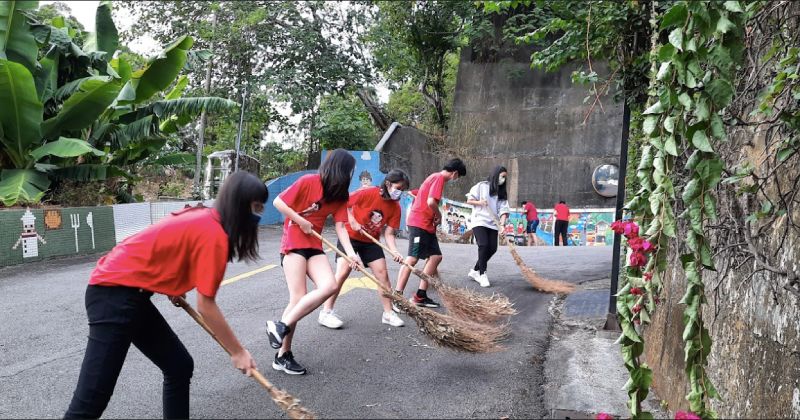
I was so excited to be able to report back to you about these programs to showcase the importance of building community connections and relating to the community we serve as a school, as an educator and an education system making positive changes in the country we serve. I read the enthusiasm in the voice of the teachers as I read about their work. I can’t believe that I want to go visit and experience what is happening at AST- it is humbling to be able to showcase the learning of these programs as I encourage you to be on this journey to aspire to teach keeping the community you serve in mind.
In conclusion, I think, it is significantly important to attain genuine community engagement by considering the following three considerations:
- Sustaining peaceful understanding of differences in cultural values, norms and beliefs
- Importance of considering how to maintain self sufficient First Nations Communities
- Maintaining a common understanding of equity and inclusion principles to level the playing field for all students/children today as we teach the next generation
I like to thank the following educational professionals for their time and contributions in making this article possible at AST:
- Dr. Colin Brown: Head of School, for opening your school doors virtually.
- Ms. Yao-Wei Chang: Oversees the Community Outreach program.
- Ms. Laura Moye: Oversees the Model United Nations (MUN) program.
I am enthusiastic about the American schools from around the globe, their insights into some brilliant educational philosophies and how we can make a significant contribution by embracing differences and understanding common perspectives together in this divergent world we live in. If you want to take a trip, volunteer your time when you are traveling. It is my hope that you are inspired to stop and connect with the school and collaborate with them.
This article is available and can be accessed in Spanish here.

